Sensor Sweep: War Duke, Thongor, At the Mountains of Madness, Middle Earth RPG
Monday , 4, January 2021 Sensor Sweep 5 CommentsBook Review (Ken Lizzi): So, here it is, the final Swords Against Darkness installment. #V. Sad. I wish Andrew Offutt had produced more. But how about that cover? I think it is terrific. There is an advertisement just inside the book for a series called Ro-Lan by Mike Sirota. Anyone read those? Any good? Andrew Offutt’s introduction states that he overbought — paying out of his own pocket, and this volume might be a gamble due to the number of neophyte contributors.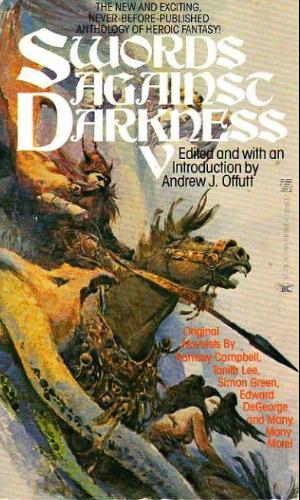
Myth (Myth bank): King Arthur’s greatest enemy was not a Saxon leader. After all, Arthur defeated the Saxons. Rather, his greatest enemy was the person who actually caused the downfall of his kingdom – Mordred. Let’s find out who this Mordred was, what he did, and what we can say about him historically.
Authors (Winter is Coming): Kingkiller Chronicle author Patrick Rothfuss can’t get into The Wheel of Time, praises George R.R. Martin but not his imitators, and HATES The Witcher. Patrick Rothfuss is the author of The Kingkiller Chronicle, the popular fantasy book series currently consisting of The Name of the Wind and The Wise Man’s Fear, with the third and final novel (hopefully) coming along soon.
Comic Books (Dark Worlds Quarterly): Gardner F. Fox‘s Warren Sword & Sorcery appearances seem almost obvious as Fox had left DC to write his Kothar and Kyrix novels. The dispute in 1968 was over health insurance, which DC did not want to give its older writers. Fox parted ways after decades of work on classics like Batman and The Justice League of America. Fox was not above working for DC’s rivals, Marvel and Warren. It was in the black & white pages of Eerie, Vampirella and Creepy he got to do some Sword & Sorcery tales. Some of his S&S work was reprinted at Skywald too.
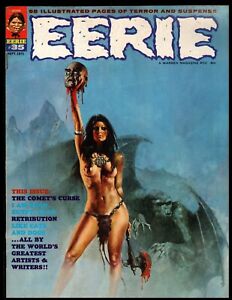
Fiction (Brain Leakage): First up is Singaporean author and Hugo and Dragon-Award nominee, Kit Sun Cheah, with the first volume of his Dungeon Samurai trilogy, Kamikaze. Kamikaze begins in a dojo in modern-day Japan, where 19 year old Yamada, his best friend Hiroshi, and their fellow students are studying traditional sword arts. Cheah doesn’t wait to kick the story off, as by the end of the chapter, a demonic entity has whisked the entire class off to another world, a place resembling a small island.
Sword-and-Sorcery (CBR): Marvel initially wanted to license Lin Carter’s Thongor instead of Conan the Barbarian. STATUS: True. IN HONOR OF CONAN THE BARBARIAN’S 50TH ANNIVERSARY IN COMICS, THIS INSTALLMENT WILL BE ALL CONAN LEGENDS! Maybe even the next installment.
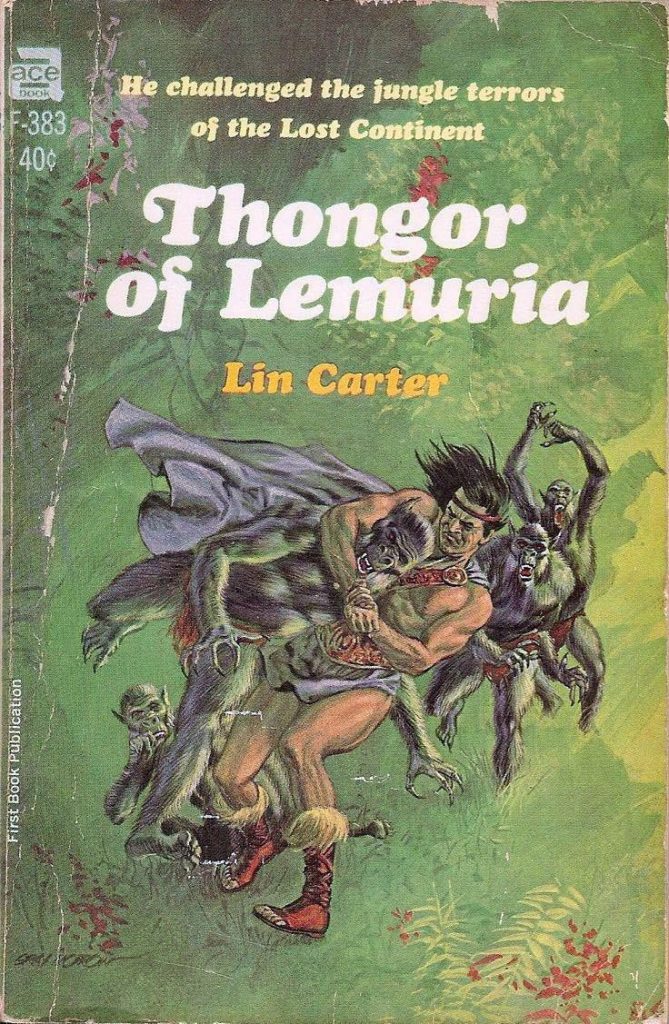
Fiction (DMR Books): I wrote my quartet of fantasy novels, The Omaran Saga, in the 1980s, and at that time I had never heard of Grimdark. I have to come clean and admit that even today I’m not that au fait with this particular brand of fantasy, although it sounds like something I’d have a ball with. My curiosity has been piqued, however, by the fact that I’ve seen several review comments in the last year or so referring to my Omaran quartet as a forerunner of, or an early version of, Grimdark.
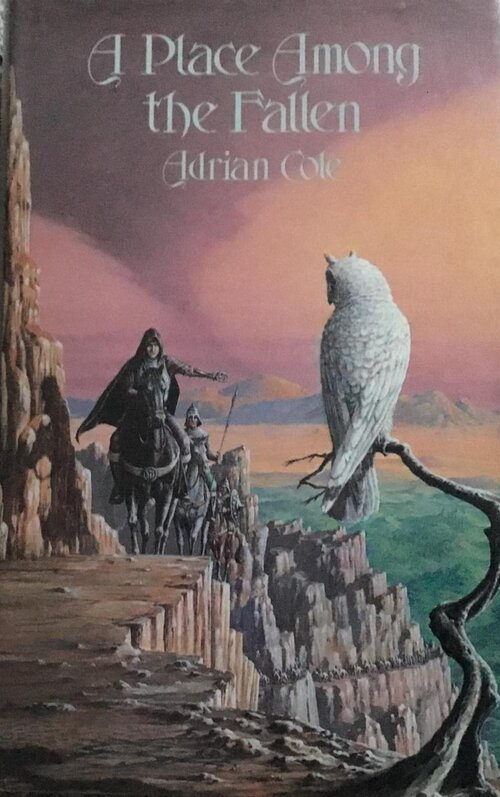
RPG (Grognardia): I decided that, since I owned Bree and the Barrow-Downs before I owned Middle-earth Role Playing, it made more sense to talk about it first. I’ll save MERP for next week’s Retrospective. Published in 1984 and written by Heike Kubasch, this 32-page book describes Bree-land, a civilized area of central Eriador consisting of four settlements inhabited by both Men and Hobbits.
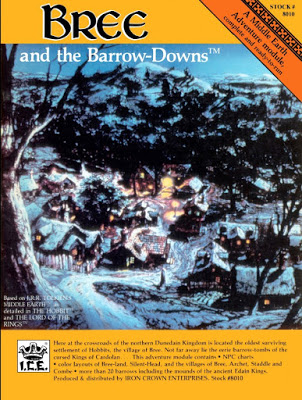
Fiction (Goodman Games): n Nyumbani Tales (MV Media 2017), sword-and-sorcery great Charles Saunders collects 13 short stories spanning his early career, work that had previously appeared in a variety of publications, from small press ‘zines like Weirdbook and Black Lite, to mass market anthologies such as Beyond the Fields We Know and Hecate’s Cauldron. Fans of Saunders’ Imaro series will already be somewhat familiar with his short fiction, since the earliest parts of that epic were built upon the classic early Imaro shorts that first won the character his reputation.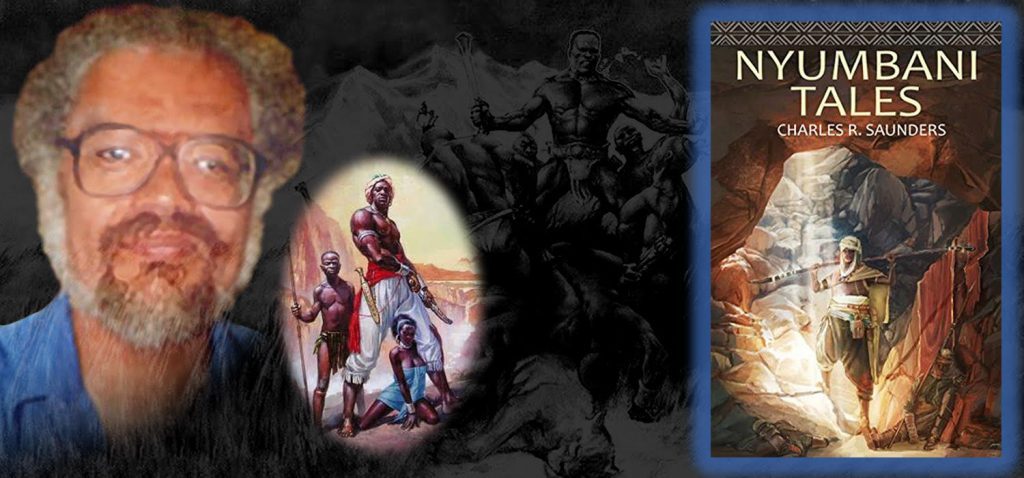
Fiction in Culture (Legends of Men): Judah Ben Hur is an honorable Jew in the time of Christ. A Roman military leader asks for his help in bringing recruits to the Roman army but Ben Hur refuses. For this, the Roman frames Ben Hur for a crime. He sent to row in the galleys as a slave. Ben Hur’s mother and sister are imprisoned. Ben Hur rows for a Roman war boat. In a naval battle, his ship sinks but he is able to save to oarsmen and the ship’s Roman commander.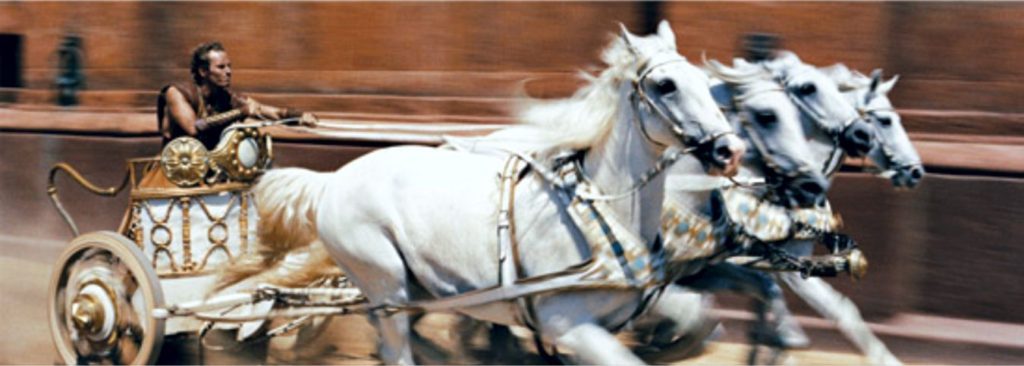
Games (Game Tyrant): The arrival of At the Mountains of Madness from François Baranger actually started with another H.P. Lovecraft story—The Call of Cthulhu. That American horror classic was first published in 1928 and is considered one of the greatest in the genre. And Baranger, a French illustrator who’s worked in other mediums before now, was intrigued by Lovecraft’s captivating stories and the creatures that lurked in the author’s mind. In his recent work on The Call of Cthulhu, Baranger started illustrating these beloved horror passages and bringing the work to life.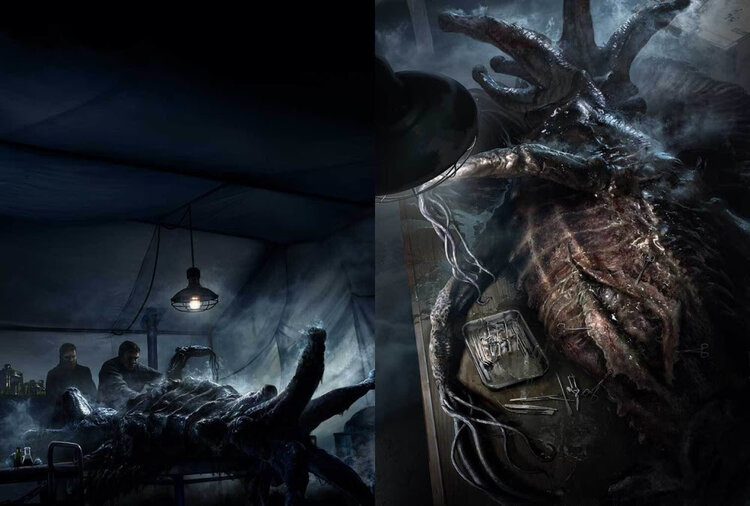
Warhammer (Track of Words): As 2020 comes to a close and 2021 beckons, I’m looking back at the Black Library stories I’ve read over the last twelve months or so and picking out some of my highlights for the year. I’ve already written articles like this for 40k and the Horus Heresy, but now it’s time to look at Age of Sigmar. Have a look at those earlier articles if you haven’t already, then read on for a few thoughts on each of the three Age of Sigmar stories I’ve enjoyed reading the most in 2020. Once again, I’ve set myself two criteria – stories that were published in 2020, and (obviously) that I have read during 2020.
Edgar Rice Burroughs (Fox News): In the early 20th century, the American writer Edgar Rice Burroughs wrote a marvelous series about John Carter, a fictional Virginian who ends up on Mars, surrounded by Martian civilization. Throughout Carter’s adventures, Burroughs has him repeatedly say, “Where there’s life there’s hope.” So Carter will get in some bad situation and say that line — and of course, Burroughs makes sure things always work out. I read these works in maybe eighth or ninth grade and fell in love with them. And they stuck with me for decades.
Lovecraft (R’lyeh Reviews): riginally serialised in the February, March, and April 1936 issues of Astounding Stories, At the Mountains of Madness has been published many times since and in more recent years adapted into songs, musicals, graphic novels, radio serials, and more. The very latest adaptation is none of these, but an illustrated version of the novel. At the Mountains of Madness is published by Free League Publishing, a publisher best known for roleplaying games such as Mutant: Year Zero – Roleplaying at the End of Days and Forbidden Lands – Raiders & Rogues in a Cursed World, this is not the publisher’s first such title.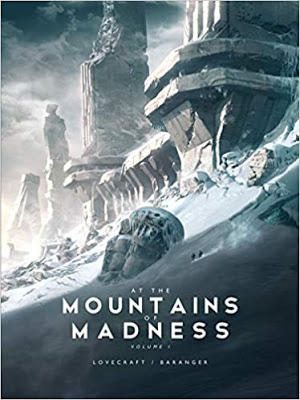
RPG (Tenkar’s Tavern): Even though lately I’ve been fortunate to be more of a RPG Player, at my heart I’m most definitely a GM, and I tend to approach things from a GM perspective. From a GM perspective I theoretically have absolutely no problem with Player vs. Player (PvP) combat and that bleeds over to my thoughts as a Player, but in reality I am hit with the full-force of what I can only call the “societal norms” that PvP is bad…..m’kay. Sure, you may be sitting around the table with friends, family, and/or strangers trying to have fun, and stabbing your fellow party members in the (proverbial) back really takes away from that shared fun.
Reading Advice (Art of Manliness): Theodore Roosevelt is known to have been one of the most voracious readers in all of history. He could speed-read his way through up to three books per day. So of course he was asked by many people about his reading habits, and thoughtfully responded to these queries in a number of ways. One was a letter in which he recommended a list of books for a young man to read.
Pulp Fiction (Davy Crockett’s Almanac): Solomon Kane, as I’m sure you know, was one of Robert E. Howard’s first major series characters. Kane, a grim-faced puritan who battled sorcery with his sword, made his first appearance in the story “Red Shadows” in the August 1928 issue of Weird Tales. But here’s proof that W.C. Tuttle, the creator of Hashknife Hartley and Sheriff Henry Conroy, employed the name five years earlier here in the August 10, 1923 issue of Adventure.
Lovecraft (DMR Books): RHB was just thirteen when he wrote a fan letter to Lovecraft via Weird Tales. HPL, as he seems to have done with just about every weird fiction fan who ever sent him a missive, replied. Barlow was careful to keep his young age unknown to Lovecraft for several years. Starting in 1931, their correspondence would last slightly less than six years, encompassing the rest of Lovecraft’s life.
D&D (Branded in the 80s): Warduke is probably one of my single favorite toys from childhood, and he is in general a great visual representation of the decade for me. He’s just obscure enough that the imagery immediately fills me with nostalgia, yet he doesn’t get overplayed like other characters from the decade so he also never gets old or boring. I also love Halloween, and for years I was searching for a physical representation of the holiday that had some meaning for me that I could display with my collection to reflect that part of my personality. I mean I’ve already written about my love for the toy before…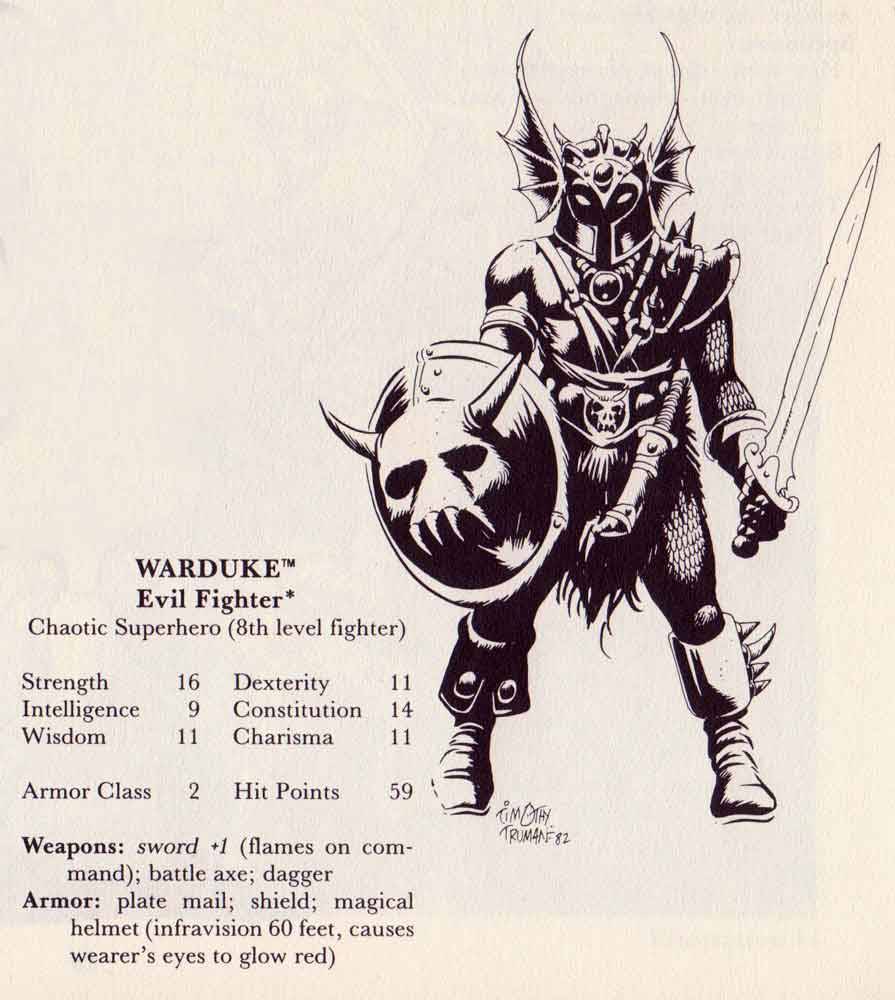
D&D (Old School FRP): Tim Truman concept art for the LJN AD&D toy line – Warduke the evil fighter, Elkhorn the dwarf, Zarak the half-orc assassin, and Melf/Peralay the elf. I believe it was Truman who said that the art for the toys kept being sent back to the pit for improvement, adding more details that were meant to be precisely sculpted and painted. The production figures of the characters turned out better than many of the monsters, some of which were quite rough compared to the art. (The Art of the Dungeons & Dragons Fantasy Game, TSR, 1985)
A really great sweep.
manuscripts attributed to Robins
As always, a great set of links. HP Lovecraft, MERP and Newt Gingrich quoting John Carter of Barsoom!
That link to Mythbank has some fascinating stuff about Mordred, one of the great villains of the English-speaking traditions.
-
Yeah, that truly IS an excellent article on Mordred.
Good post from Dan Davis, as usual.
Interesting comments from Rothfuus (of whom I’m not a fan).
Always nice to see BEN-HUR referenced. Lew Wallace is a forgotten titan, albeit a one-shot wonder. He was also something of a Renaissance Man and all-around fine American.
Cool Warduke stuff! As I recall, Tim Truman created the look for that character.